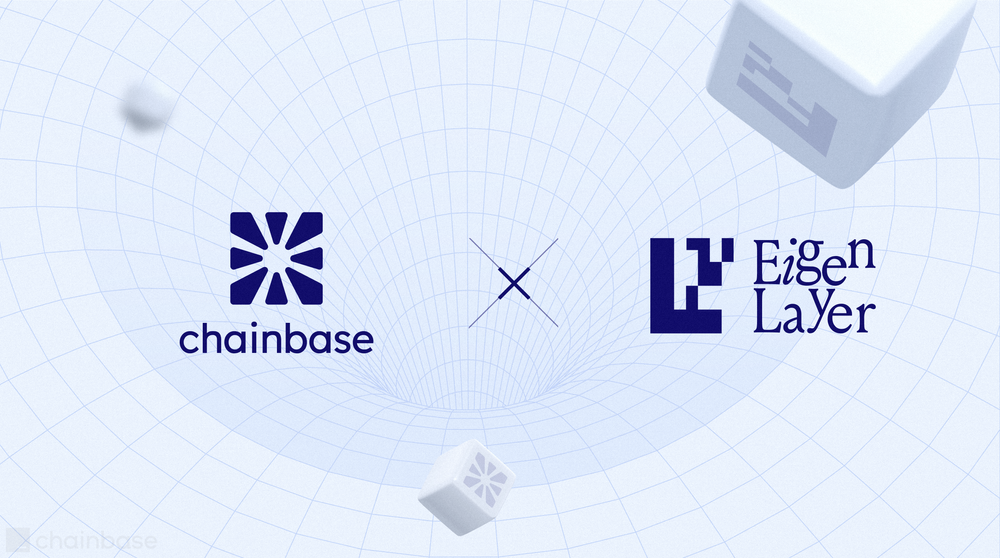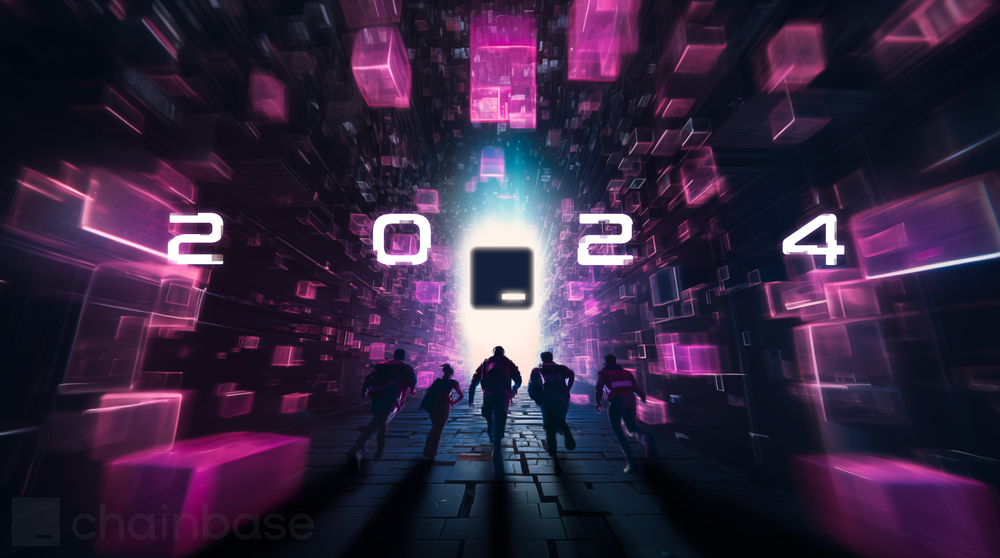Introduction
In the world of cryptocurrency, MakerDAO, a decentralized autonomous organization on Ethereum, has always been one of the prominent protocols. This article will provide an overview of MakerDAO's history, development, technical features, and future prospects to help readers gain a better understanding of this hot project in the decentralized finance (DeFi) space.
Establishment and Development
Founding of MakerDAO
MakerDAO was founded in 2014 by a group of developers led by Rune Christensen. This organization later officially became the Maker Foundation, a Cayman Islands company. Initially, it was established to address volatility issues in the cryptocurrency markets. The core objective of this protocol was to create a stablecoin (Dai) to counterbalance the price fluctuations of assets like Ethereum, providing a more stable means of value storage. Additionally, it allowed for decentralized smart contract-based lending and leveraged trading.
Development Milestones
2015 - 2017:
MakerDAO launched the first version of Dai and introduced Pooled Ether (PETH tokens) on Ethereum, providing users with decentralized lending services. This marked the emergence of DeFi, attracting early cryptocurrency enthusiasts. The Maker team raised $12 million by selling MKR tokens to prominent venture capital firms like Andreessen Horowitz, as well as other risk investment companies such as Polychain Capital and 1Confirmation.
2018:
MakerDAO released Multi-Collateral Dai (MCD), allowing users to collateralize various cryptocurrencies beyond just Ethereum. This version of Dai introduced greater diversity and decentralization. Additionally, they sold MKR tokens worth $15 million to Andreessen Horowitz, indicating their intention to participate in managing the DAI system.
2019:
Single-Collateral Dai (SCD) was retired in favor of Multi-Collateral Dai, making the system more stable and secure. They also raised an additional $27.5 million from venture capital firms Paradigm and Dragonfly Capital Partners to expand into Asia.
2020:
Fueled by the DeFi market frenzy, MakerDAO's Total Value Locked (TVL) saw significant growth, reaching billions of dollars. However, the year also witnessed the "Black Thursday" event, causing temporary instability in the system, which required an emergency vote to recover from.
2021:
MakerDAO continued to attract global users, integrating with on-chain assets like AAVE and UNI, enhancing diversity and security.
Technical Features
Decentralized Governance
One of MakerDAO's core features is decentralized governance. The protocol is controlled and managed by community members holding MKR tokens. MKR token holders can vote to determine system parameters, adjust collateral requirements, and respond to emergencies.
Collateralization and Borrowing
Users can collateralize their crypto assets into MakerDAO's smart contracts and generate Dai stablecoins. This allows users to borrow Dai, pay interest, and maintain collateral, enabling leverage trading and liquidity.
Stablecoin Dai
Dai is MakerDAO's stablecoin, with its value pegged to the US dollar. Dai issuance is automatically managed by smart contracts, maintaining stability through collateral locking and interest rate adjustments.
DAI Stablecoin
DAI is a popular stablecoin project, pegged 1:1 to the US dollar, offering stability to users unaffected by frequent market fluctuations in the cryptocurrency world. 1 DAI can be considered equivalent to 1 USD. What makes the stablecoin project intriguing is that each DAI token is backed by Ethereum, rather than being supported by a centralized third party that claims to control the required collateral. It is an ERC-20 token and can be easily acquired from cryptocurrency exchanges like Binance, Coinbase, Gemini, Uniswap, Curve, and others.

To obtain a DAI loan through MakerDAO, users need to deposit any suitable Ethereum-based digital assets as collateral, including ETH, ZRX, OMG, and more. MKR token holders on the platform approve transactions. DAI is one of the most accessible digital assets on the Ethereum network, with widespread use in DeFi, blockchain gaming, and digital collectibles.
DAI interest is earned by depositing it into the DAI Savings Rate (DSR), supported by fees collected from the Maker collateral vault owners. It is free for every DAI holder. DSR does not deprive users of ownership of their assets, and they can withdraw funds at their discretion. DSR rates are determined by MKR token holders based on current market conditions. If investors wish to withdraw collateral locked in the Maker collateral vault, they also need to repay borrowed DAI along with an annual percentage yield fee.
MKR Token
In addition to DAI, MakerDAO supports another powerful token within its ecosystem, MKR. MKR tokens manage and control the core infrastructure of the lending platform. Investors owning MKR tokens control various elements of the protocol, such as collateral amounts supporting each CDP, stability fees, annual borrowing fees, collateral ratios, and closing the protocol in the event of an Ethereum price collapse.
Token holders also play a significant role in MakerDAO's governance mechanism. They regulate the protocol by deciding whether to include additional collateral options and their associated risk factors. They are also the ultimate buyers of DAI loans. This means that if there is less collateral ETH stored in the Maker vaults than required, MKR is created and traded through auctions to raise the necessary additional funds.
This token incentivizes MKR holders to make sincere and responsible efforts to expand the network. With MKR, MakerDAO becomes a fully decentralized autonomous organization. Every time fees are paid within the MakerDAO ecosystem, MKR worth one USD is purchased from the market to cover stability fees.

Current Status and Future Outlook
As of now, MakerDAO has become one of the most important protocols in the DeFi ecosystem, with TVL and user base continuously growing. However, as competition intensifies in the DeFi space, MakerDAO faces challenges and needs continuous improvement of its technology and governance model. It is expanding the reach of cryptocurrency in financial and economic paradigms. As an emerging project, it thrives, offering unparalleled services to those willing to borrow with cryptocurrencies. MKR token empowers community governance, and DAI token manages the core ecosystem's operations.
The platform has become a pioneer in DeFi development, and if its current growth momentum continues at the same pace, MakerDAO will bring new opportunities to the global cryptocurrency field.
In conclusion, MakerDAO's development journey is impressive as it not only brings stability to the cryptocurrency space but also drives the growth of decentralized finance. As the DeFi ecosystem expands, MakerDAO is poised to continue playing a significant role, providing users with more innovative financial products and services. Let us continue to follow the exciting story of MakerDAO and witness its ongoing growth and evolution in the cryptocurrency world.
About Chainbase
Chainbase is an open Web3 data infrastructure for accessing, organizing, and analyzing large-scale on-chain data. It helps people better utilize on-chain data by combining rich datasets and open computing technologies in a single data platform. Chainbase's ultimate goal is to increase the freedom of data in the crypto space.
With over 5,000 developers actively engaging with our platform, and over 200 million daily data requests as their data backend, Chainbase has become an integral part of their workflows. In addition, we collaborate with approximately 10 top-tier public chains, serve as a top validator, and provide custody for over $500 million in tokens. Learn more at chainbase.com
Want to learn more about Chainbase?
Register for a free account and explore our documentation.
Website | Blog | Twitter | Discord | Link3








